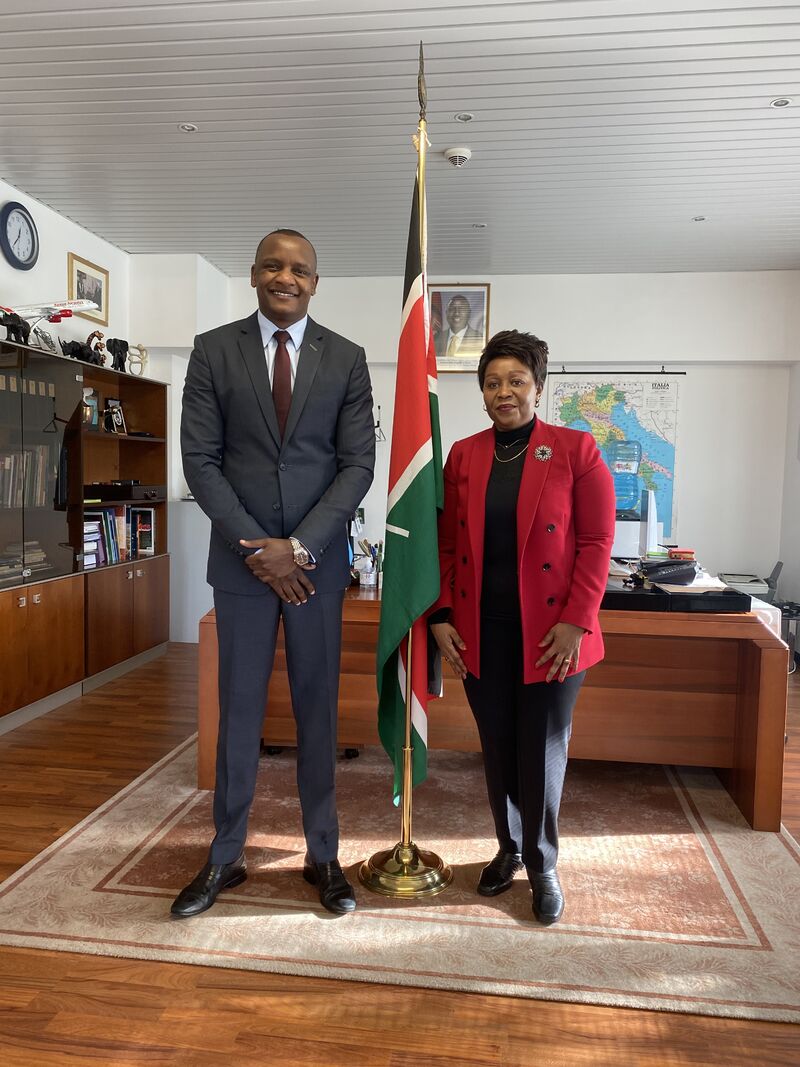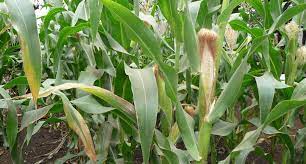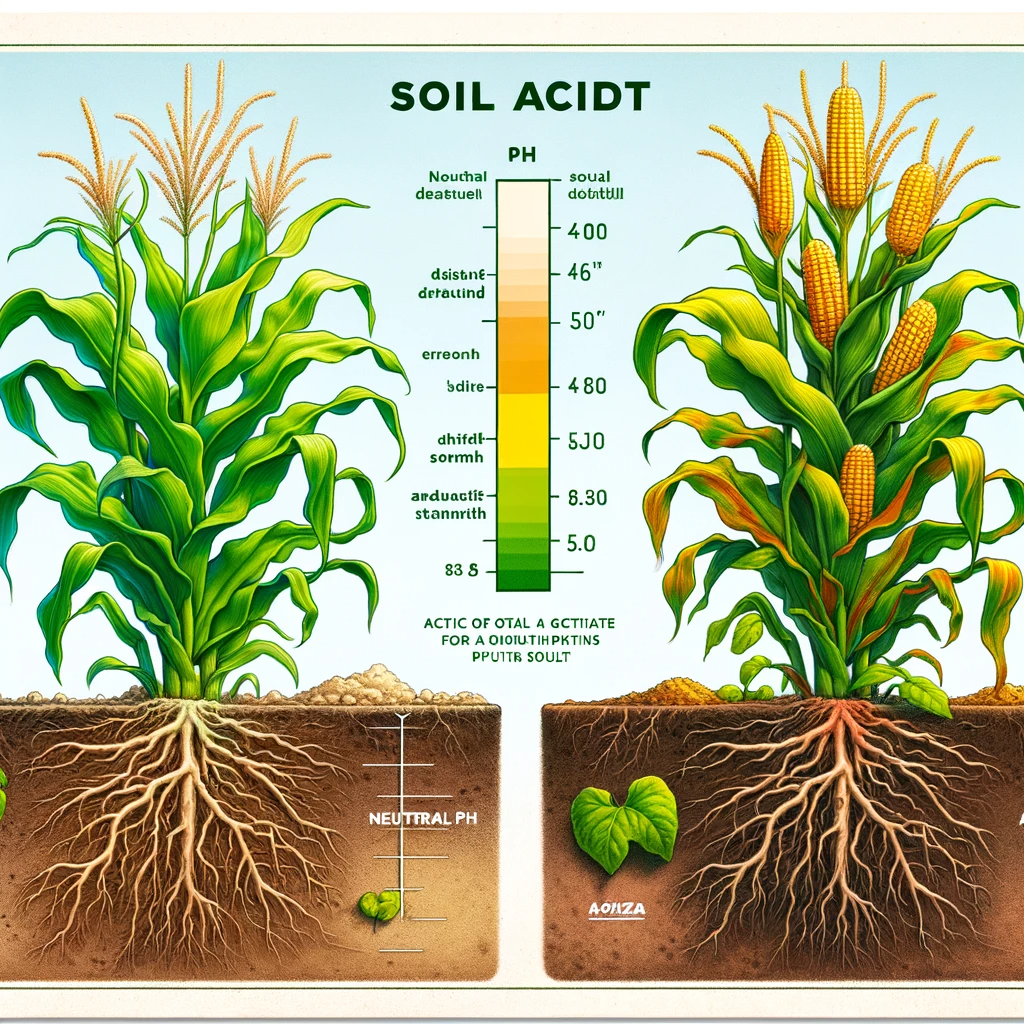SAGCOT’s CEO in Vision 2050 Committee: A Strategic Move for Tanzania’s Agricultural Transformation
DAR ES SALAAM: In a strategic move to bolster Tanzania’s agricultural sector, the inclusion of the CEO of the Southern Agricultural Growth Corridor of Tanzania (SAGCOT), Godfrey Kirenga, in the Vision 2050 committee marks a significant step towards realizing the economic potential of the majority of Tanzanians who are farmers, livestock keepers, and fishers. This decision underscores the government’s commitment to leveraging the successful SAGCOT model nationwide, aiming for accelerated economic development and enhanced livelihoods.
SAGCOT, an initiative launched to boost agricultural productivity in Tanzania’s southern corridor, has been instrumental in fostering public-private partnerships, enhancing agricultural value chains, and improving market access for smallholder farmers. The inclusion of its CEO in the Vision 2050 committee brings a wealth of experience and proven strategies that can be replicated and scaled up across the country.
The move aligns with Tanzania’s broader goal of transforming its agricultural sector, which remains the backbone of the economy, employing a significant portion of the population. By taking the SAGCOT model nationwide, the Vision 2050 committee aims to address key challenges such as inadequate infrastructure, limited access to finance, and the impacts of climate change, which have historically hindered the growth of the agricultural sector.
Kirenga’s expertise and insights are expected to play a crucial role in shaping policies and initiatives that will enhance productivity, foster sustainable farming practices, and ultimately increase the income of millions of Tanzanians reliant on agriculture. This approach is not only poised to revitalize the agricultural sector but also to create ripple effects across the economy, sparking growth in related industries such as agro-processing, distribution, and export.
The nationwide expansion of the SAGCOT model is anticipated to catalyze a new era of agricultural prosperity in Tanzania. It promises to bring about advancements in technology, improved access to quality seeds and fertilizers, and enhanced irrigation systems. Additionally, it aims to strengthen the agribusiness sector by encouraging investments and fostering a conducive environment for entrepreneurial ventures.
As Tanzania gears up to develop and implement its ambitious Vision 2050, the integration of successful models like SAGCOT is pivotal. It represents a well-thought-out strategy to leverage existing successes for greater national impact. The committee’s focus on agriculture, particularly through the lens of the SAGCOT experience, is a testament to the government’s recognition of the sector’s potential as a driving force for economic development and poverty reduction.
The Vision 2050 initiative, with the expertise of Kirenga and other key figures, is expected to harness the full potential of Tanzania’s agricultural sector. The nationwide implementation of the SAGCOT model is not just about agricultural growth but also about creating a more inclusive economy. This expansion means reaching the most remote and underserved communities, ensuring that the benefits of economic growth are shared by all.
One of the key strengths of the SAGCOT initiative has been its ability to bring together various stakeholders, including farmers, the government, and the private sector. This collaborative approach is critical in addressing the multifaceted challenges faced by Tanzanian farmers. It’s expected that under the Vision 2050 committee, this approach will be intensified, leading to more robust partnerships and greater impact.
Moreover, the nationwide rollout of the SAGCOT model if included in Vision 2050 is likely to attract significant investment in agriculture. This investment will not only improve the sector’s infrastructure but also drive innovation, particularly in areas such as digital agriculture, sustainable farming techniques, and climate-smart practices. These innovations are crucial in making Tanzanian agriculture more resilient to changing environmental conditions and global market dynamics.
Furthermore, the focus on agricultural development under Vision 2050 is expected to have a positive impact on food security in Tanzania. By increasing productivity and improving supply chains, Tanzania can move towards self-sufficiency in food production, reducing dependency on food imports and enhancing the nation’s food security.
The role of education and training cannot be overstated in this endeavor. As part of Vision 2050, significant emphasis is likely to be placed on equipping farmers with the skills and knowledge they need to succeed in a modern agricultural environment. This includes access to information on best practices, new technologies, and market trends, which are essential for making informed decisions that boost productivity and profitability.
In addition, the Vision 2050 committee’s focus on agriculture is expected to have a transformative impact on rural economies. By increasing the value of agricultural production, there will be more opportunities for ancillary businesses and services, leading to job creation and improved livelihoods in rural areas. This, in turn, can help to curb urban migration and balance regional development.
If the SAGCOT model is integrated into Vision 2050 is a clear indication that Tanzania is committed to sustainable development. This model not only focuses on economic growth but also environmental stewardship and social inclusion, ensuring that the country’s development trajectory is balanced and sustainable.


